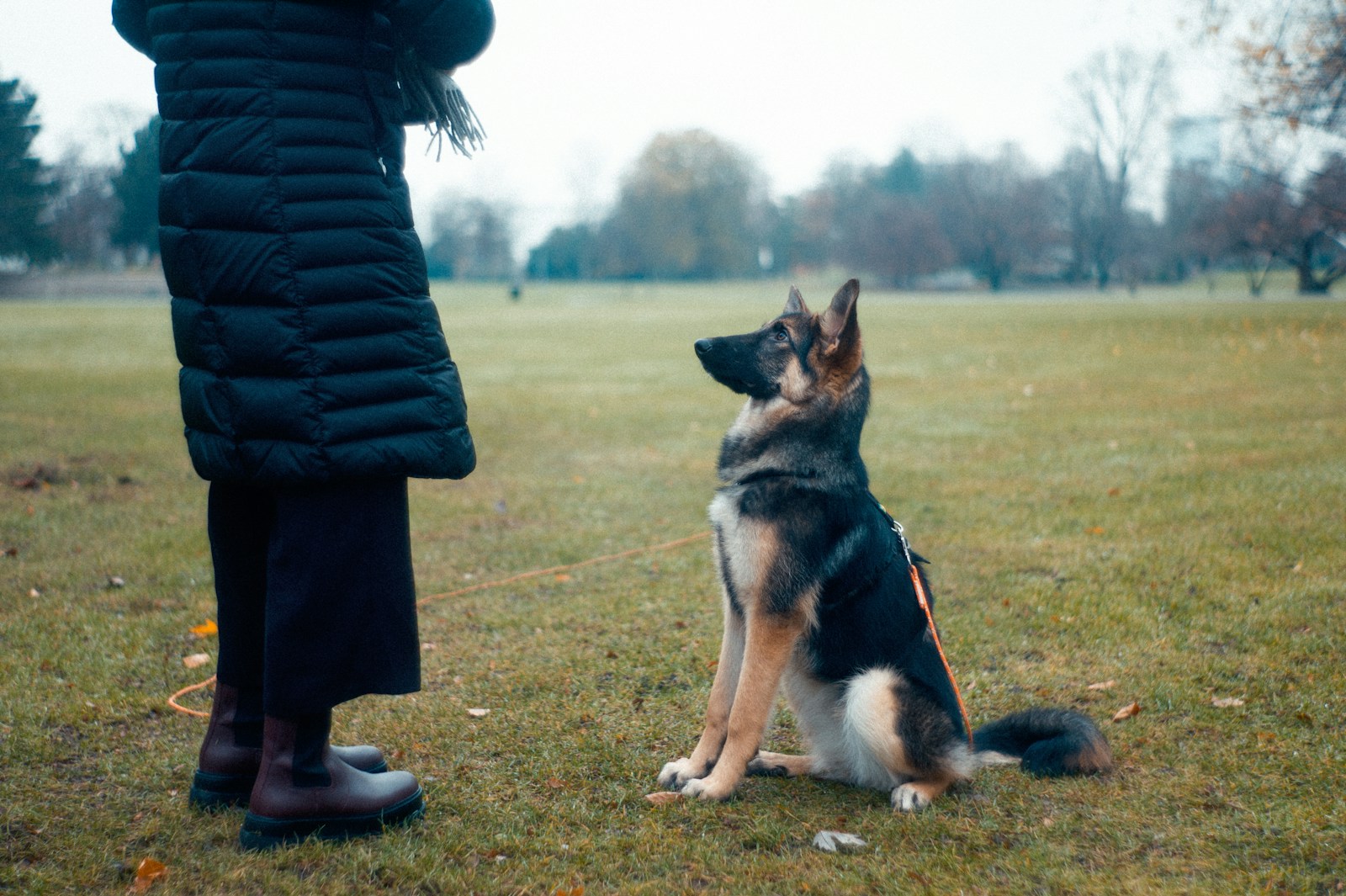Teaching your dog to sit is one of the most fundamental and useful commands you can train them to learn. Not only does it help establish good behavior, but it also strengthens the bond between you and your furry friend. Whether you’re a first-time dog owner or looking to refine your training techniques, this step-by-step guide will walk you through how to teach your dog to sit effectively. Plus, we’ll share tips to make the process fun and rewarding for both you and your pup!
Whether you’re a first-time dog owner or looking to refine your training techniques, this step-by-step guide will walk you through how to teach your dog to sit effectively. Plus, we’ll share tips to make the process fun and rewarding for both you and your pup!
Table of Contents
Why Teaching Your Dog to Sit is Important
Before diving into the training steps, let’s talk about why the “sit” command is so valuable:
- Improves Manners: A dog that can sit on command is less likely to jump on people or dash out the door.
- Enhances Safety: Sitting keeps your dog calm in potentially dangerous situations, like near traffic or around other animals.
- Builds Foundation for Other Commands: “Sit” is often the first step in teaching more advanced commands like “stay” or “lie down.”
- Strengthens Your Bond: Training sessions are a great way to build trust and communication with your dog.
What You’ll Need to Get Started
- High-Value Treats: Small, soft treats that your dog loves will keep them motivated.
- A Quiet Space: Minimize distractions to help your dog focus.
- Patience and Consistency: Training takes time, so be patient and practice regularly.
- A Clicker (Optional): Clicker training can help mark the exact moment your dog performs the desired behavior.
Step-by-Step Guide to Teaching Your Dog to Sit
Step 1: Get Your Dog’s Attention
Start by standing in front of your dog with a treat in your hand. Let them sniff the treat to grab their attention. Hold the treat close to their nose but don’t let them grab it just yet.
Step 2: Use the Treat as a Lure
Slowly move the treat upward and slightly backward over your dog’s head. As their nose follows the treat, their bottom will naturally lower to the ground. This motion encourages them to sit.
Step 3: Mark the Behavior
The moment your dog’s bottom touches the ground, say “yes!” or use a clicker to mark the behavior. This helps your dog understand that sitting is what you want them to do.
Step 4: Reward and Praise
Immediately give your dog the treat and offer plenty of verbal praise, like “Good job!” or “Well done!” Positive reinforcement is key to successful training.
Step 5: Repeat and Practice
Repeat these steps several times in short training sessions (5-10 minutes). Consistency is crucial, so practice daily until your dog reliably sits on command.
Step 6: Add the Verbal Cue
Once your dog starts sitting consistently, introduce the verbal cue “sit” as you lure them into position. Say the word clearly and calmly just before they sit. Over time, your dog will associate the word with the action.
Step 7: Phase Out the Lure
Gradually stop using the treat as a lure. Instead, use just your hand motion or the verbal cue. When your dog sits, reward them with a treat from your other hand or a nearby container.
Step 8: Practice in Different Environments
Once your dog masters sitting at home, practice in different locations with varying levels of distraction. This helps them generalize the command and respond reliably in any situation.
Troubleshooting Common Challenges
- My Dog Won’t Sit: If your dog doesn’t sit, they may not understand what you’re asking. Go back to using the treat as a lure and ensure you’re moving it slowly and at the right angle.
- My Dog Jumps Instead of Sitting: If your dog jumps up, avoid giving them the treat. Wait until all four paws are on the ground before trying again.
- My Dog Only Sits for Treats: Gradually reduce the frequency of treats and replace them with praise or petting. Use a random reward system to keep your dog motivated.
Tips for Successful Training
- Keep Sessions Short: Dogs have short attention spans, so aim for 5-10 minute sessions.
- Be Patient: Every dog learns at their own pace. Stay calm and avoid frustration.
- Use Positive Reinforcement: Reward good behavior immediately to reinforce it.
- End on a Positive Note: Always finish training sessions with a success and lots of praise.
Advanced Training: Adding Duration and Distance
Once your dog masters the basic “sit” command, you can challenge them by:
- Adding Duration: Ask your dog to sit and wait for a few seconds before giving the treat. Gradually increase the time.
- Adding Distance: Take a step back after your dog sits and see if they stay in position. Reward them for staying put.
Final Thoughts
Teaching your dog to sit is a simple yet powerful way to improve their behavior and strengthen your bond. With patience, consistency, and positive reinforcement, your dog will master this command in no time. Remember, training should be a fun and rewarding experience for both you and your pup. Happy training!
Have you successfully taught your dog to sit? Share your tips and experiences in the comments below! 🐾






Pingback: How to Teach a Dog to Lie Down – Easy Training Guide